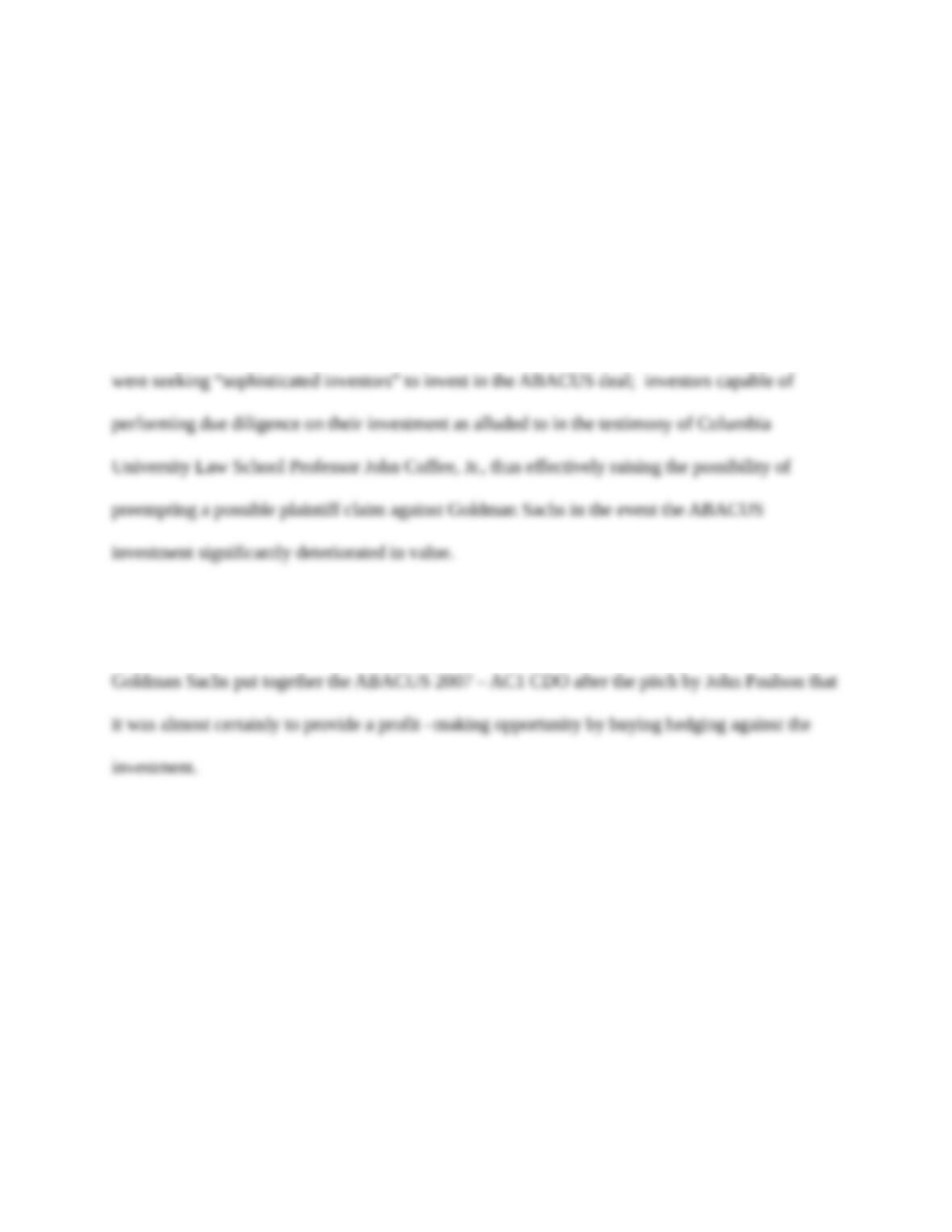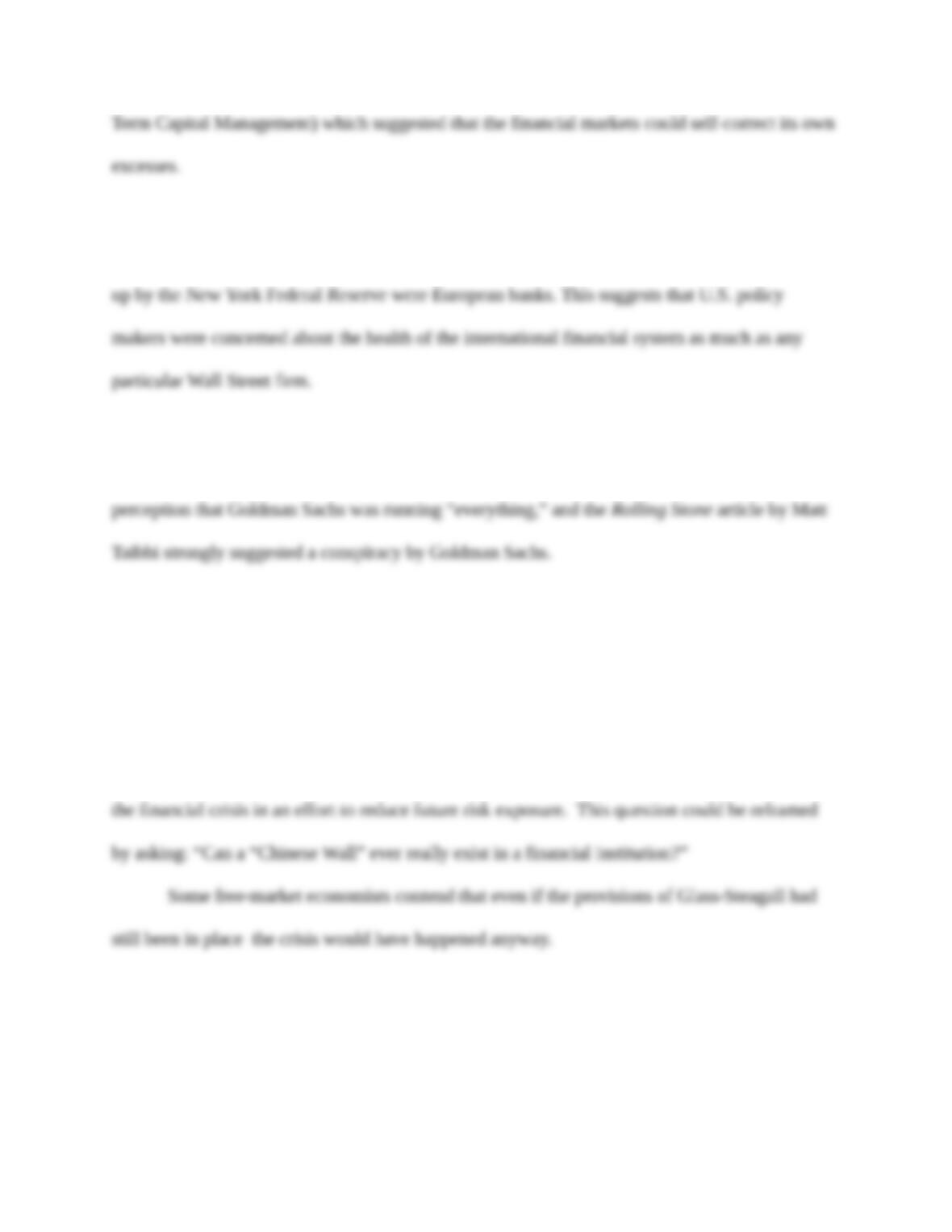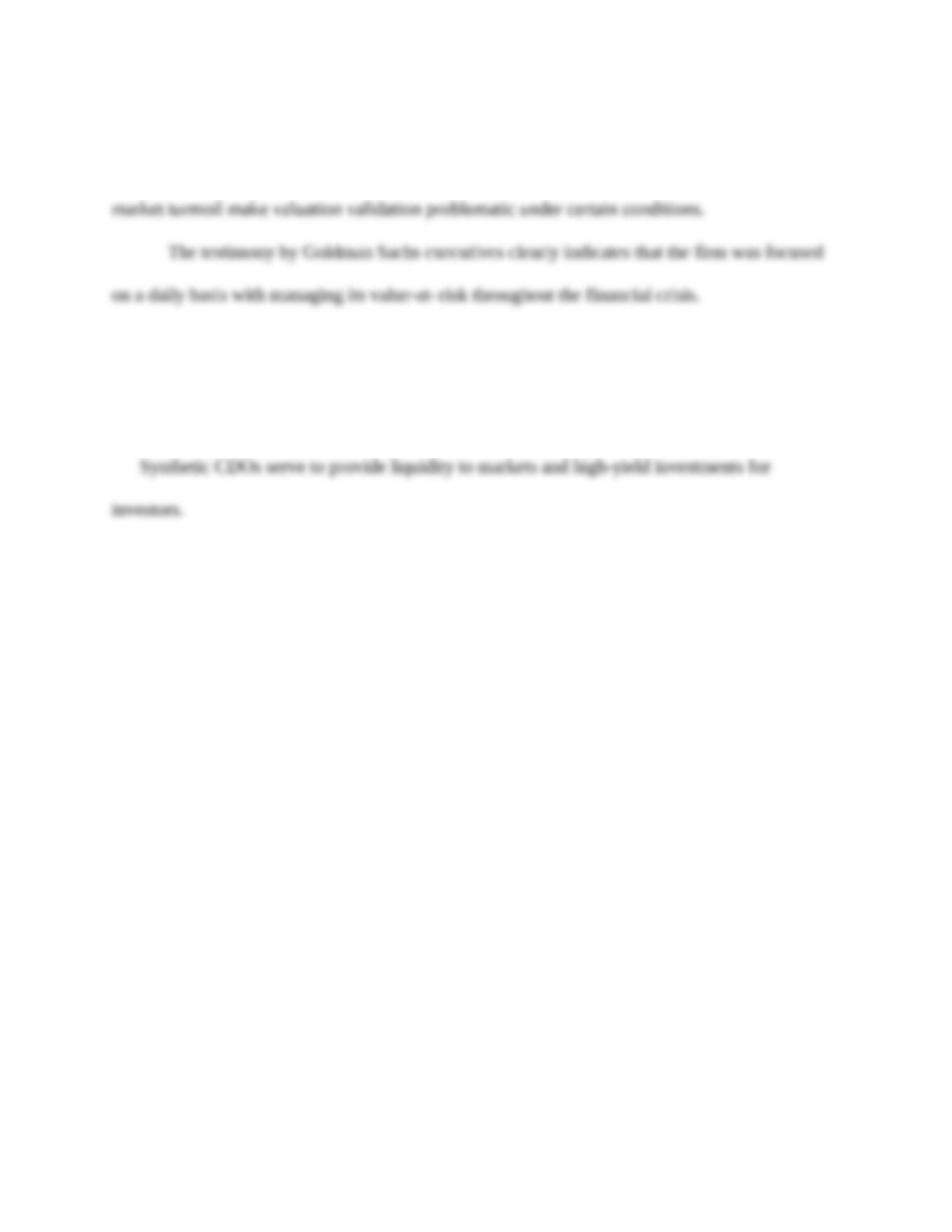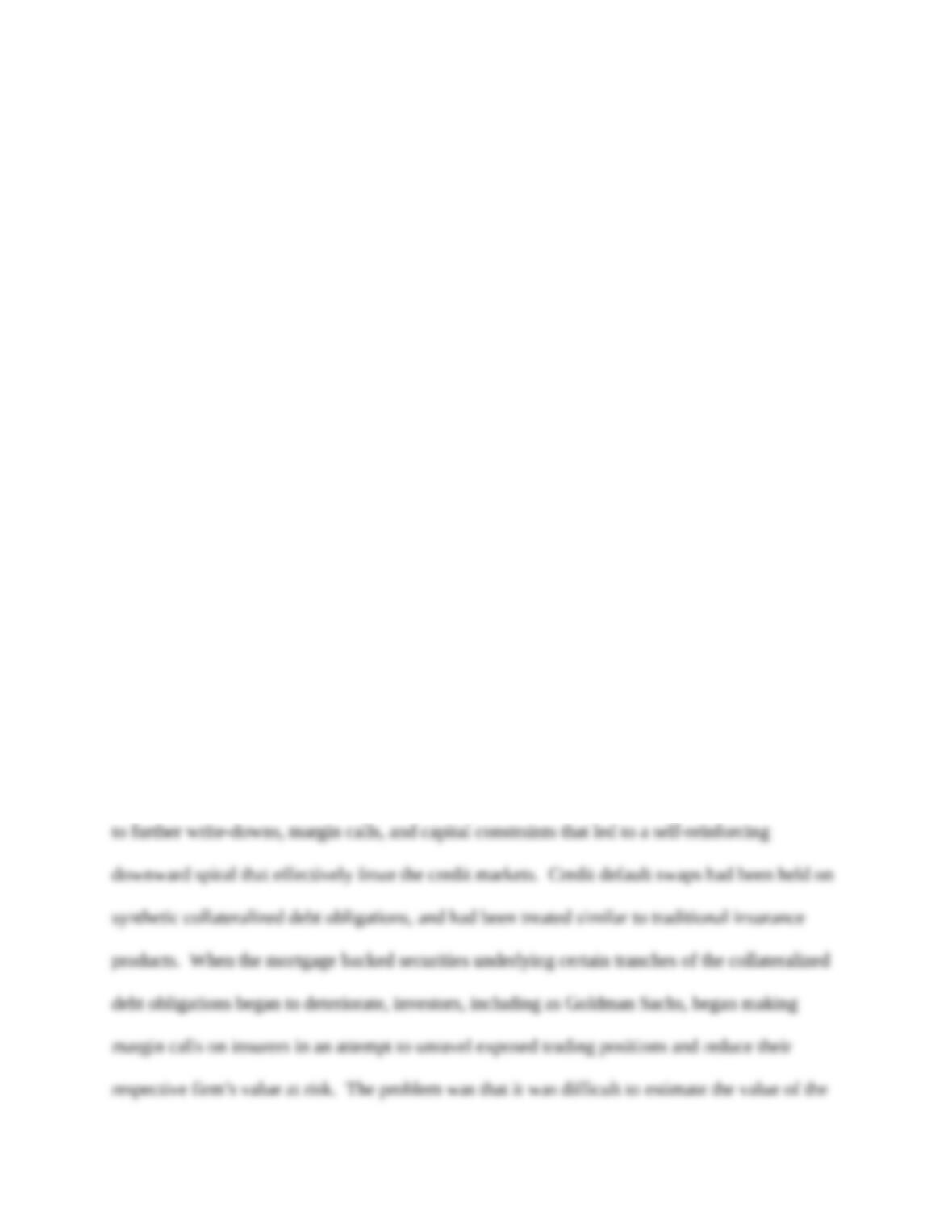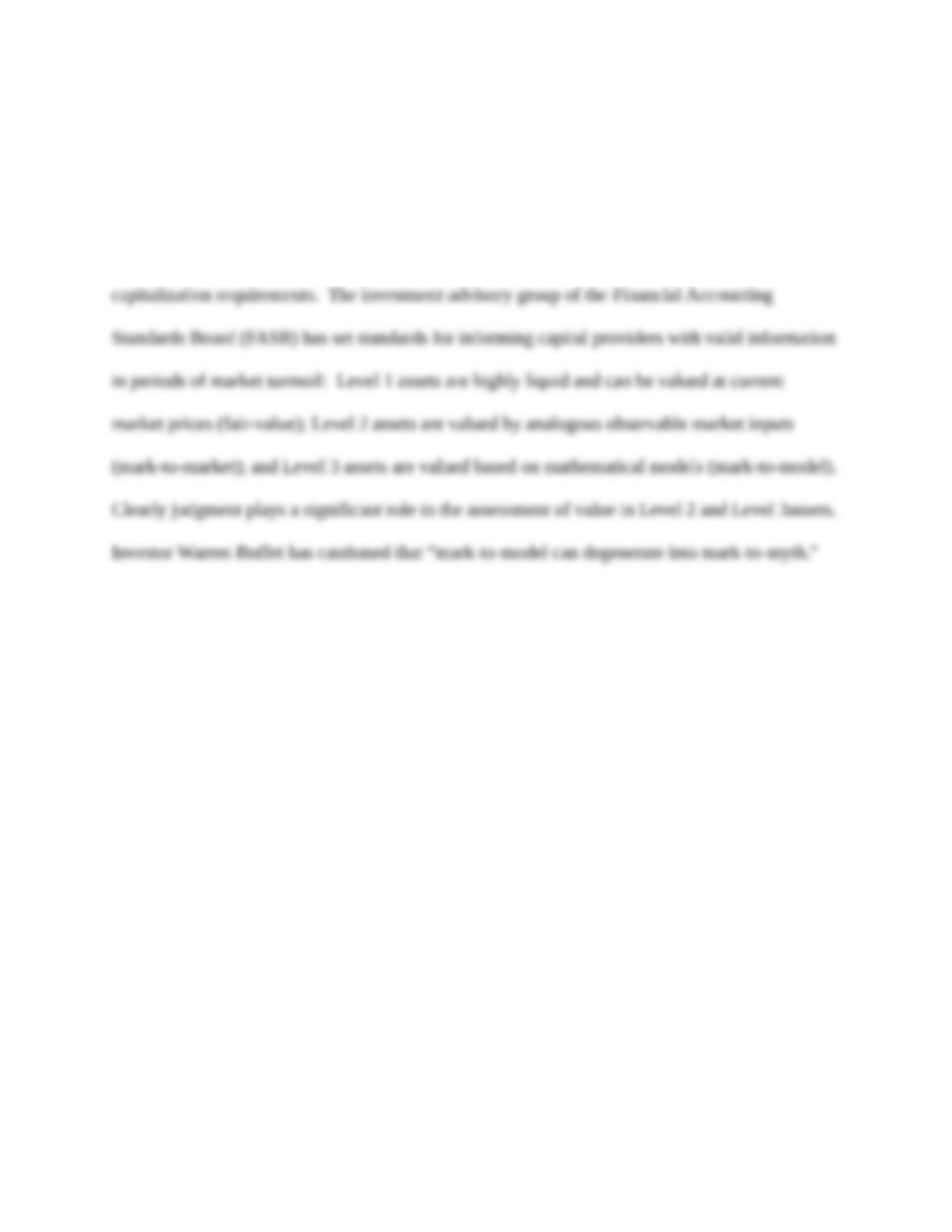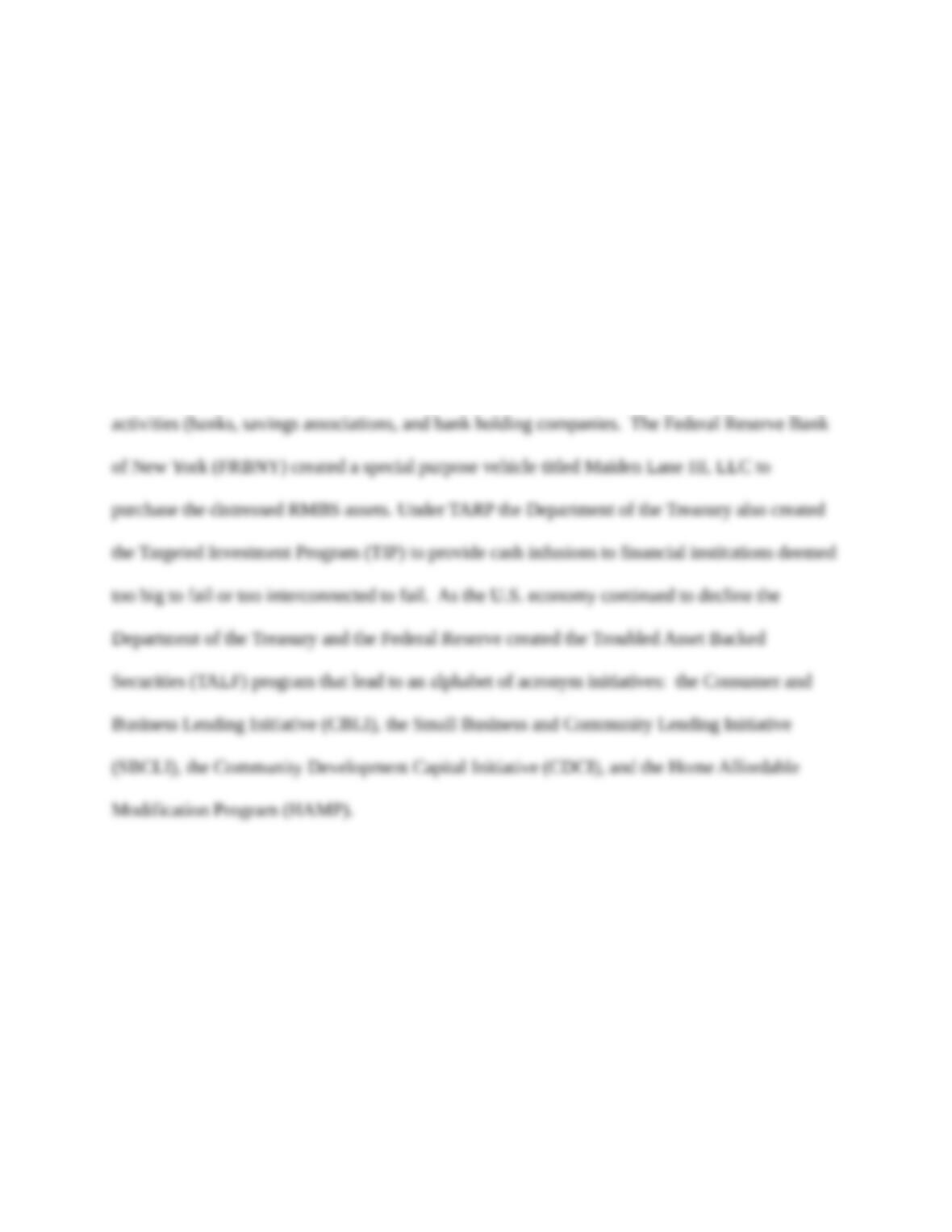Buehler, Kevin S., D’Silva, Vijay, and Pritsch, Gunnar (2004) “The business case for
Basel II,” McKinsey Quarterly, 1: 82-91.
Moosa, Imad (2010) “Basel II as a casualty of the global financial crisis,” Journal of
Banking Regulation, 11 (2): 95-114.
Panagopoulos, Yannis (2009) “Bank Lending, Real Estate Bubbles, and Basel II,”
Journal of Real Estate Literature, 17 (2): 295-310.
Sjolander, Par (2009) “Are the Basel II requirements justified in the presence of
structural breaks?” Applied Financial Economics, 19 (12): 985-998.
Collateralized Debt Obligations (CDOs), Synthetic CDOs, and Credit Default Swaps
(CDSs)
A collateralized debt obligation is a security composed of a pool (portfolio) of defined
collateral financial assets (such as residential Mortgage Backed Securities, RMBS) in a special
purpose vehicle (SPV) that will perform in a predictable manner. The underlying debt
obligations are classified (tranched) and graded for quality by a rating agency (Nationally
Recognized Statistical Organization, NRSRO) as senior bond classes, mezzanine bond classes,
and a subordinate/equity class based on their level of credit enhancement. The use of tranches
creates a waterfall of legal subordination that makes it possible to create security that can receive
an investment grade rating from an NRSRO. The price of a CDO is determined by a variety of
criteria: default rates, loss severity/recovery amounts, recovery rate, the maturity of the contract,
the joint default function, and the risk-free interest rate. CDOs are not traded on any organized
exchange, they are “over the counter” private party contracts.
6

